Ettore Bugatti’s Birthday Continues to Draw the Faithful to Molsheim
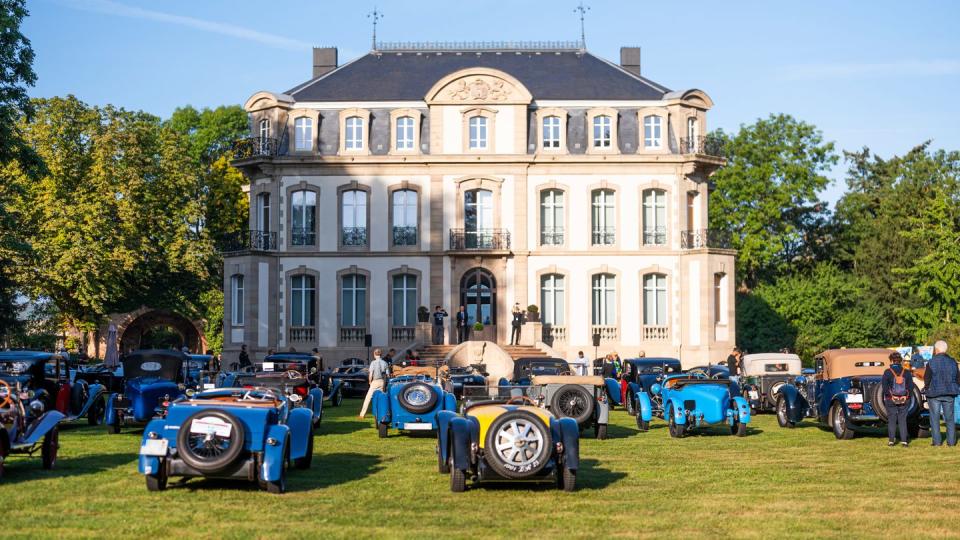
It was only 142 years ago that Ettore Bugatti was born, in Milan, Italy, and the world has been all the better for his elegant designs and masterful executions of automobiles as diverse as the little Type 13 on up to the mighty and fearsome Type 41 Royale.
Last weekend, on the weekend closest to his birthday of Sept. 15, the Bugatti faithful returned to Molsheim, France, to celebrate. They’ve been doing so for 40 years. They brought cars—from the pre-war race cars that dominated motorsports in the era when Formula 1 was called, simply, Grand Prix racing, to the modern, world-beating supercars that redefined just how fast and how quickly an automobile could go.
“The Bugatti Festival, organized by the Enthousiastes Bugatti Alsace (EBA), is a pilgrimage of Bugatti fans from all over the world, descending on the place that will forever be known as the home of this legendary brand,” said Bugatti.
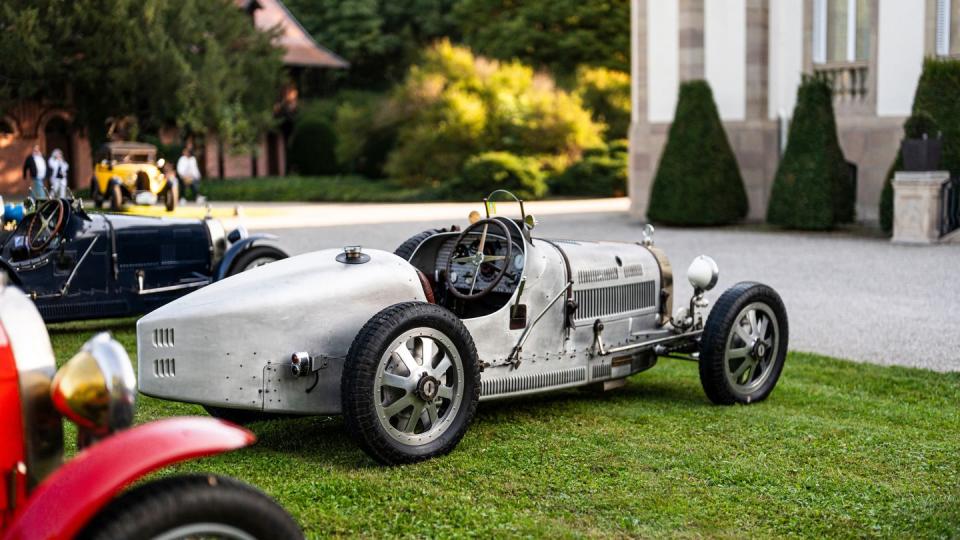
It was 123 years ago when Bugatti founded his namesake factory in a former dyeworks in Molsheim, in the Alsace region of what was then Germany and is now France. He immediately began producing the sprightly Type 13, ultimately manufacturing 435 of them.
Before the war, a Type 13 finished second in the French Grand Prix in 1910, and four of them finished in the top five of the Brescia Grand Prix of 1920. A surprising number of them still exist (one was at the San Marino Motor Classic just a couple weeks ago). Several were present for the birthday party.
It was followed by the Type 35 which, depending on how you count these things, won over 2000 races in its long and productive lifetime, including world championships in 1926, ’28, ’29, and ’30. At one point it was winning 14 races per week. A few of those cars made it to Molsheim last weekend.
Later came Grand Prix cars like the Type 57G Tank, a Type 32 Tank, and a Type 45/47—they all raced in their day.
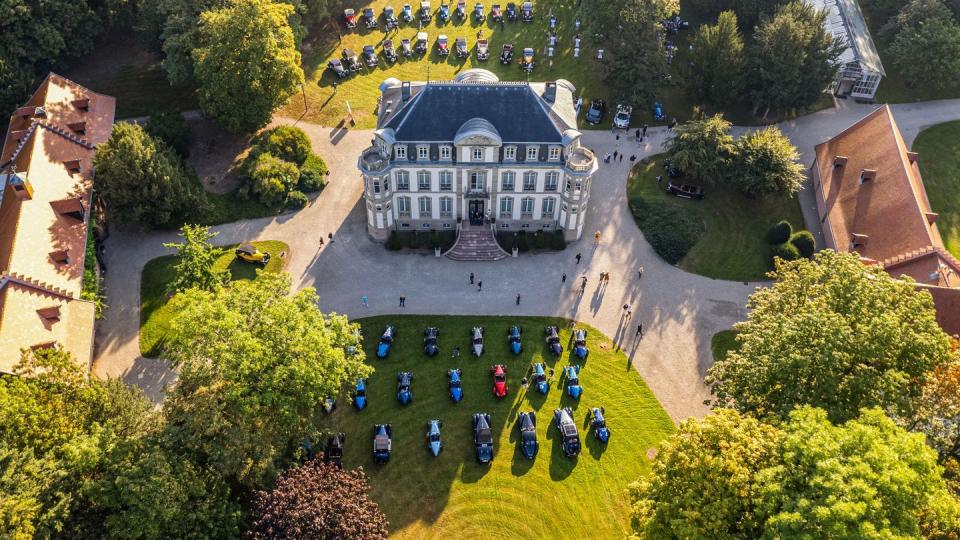
With success came money for real estate, and in 1928 Bugatti bought the stately Château Saint Jean in Molsheim, a castle and grounds that, 95 years later, are still in Bugatti company hands and which are still the perfect setting for a birthday party.
“To this day the Château remains a place of wonder, welcoming guests from all over the world,” Bugatti the company said of the centerpiece of its one-time owner’s palatial home.
The weekend-long celebration began with a pilgrimage to Ettore Bugatti’s final resting place in the family plot in Dorlsheim, near Château Saint Jean. On Saturday morning Bugatti Automobiles invited owners of 70 classic Bugattis and even a few of the modern super/hypercars like the EB110, Veyron, Chiron, and a single Bolide, “to roll through the historic gates of the Château Saint Jean... still with Ettore’s initials in the railings.”
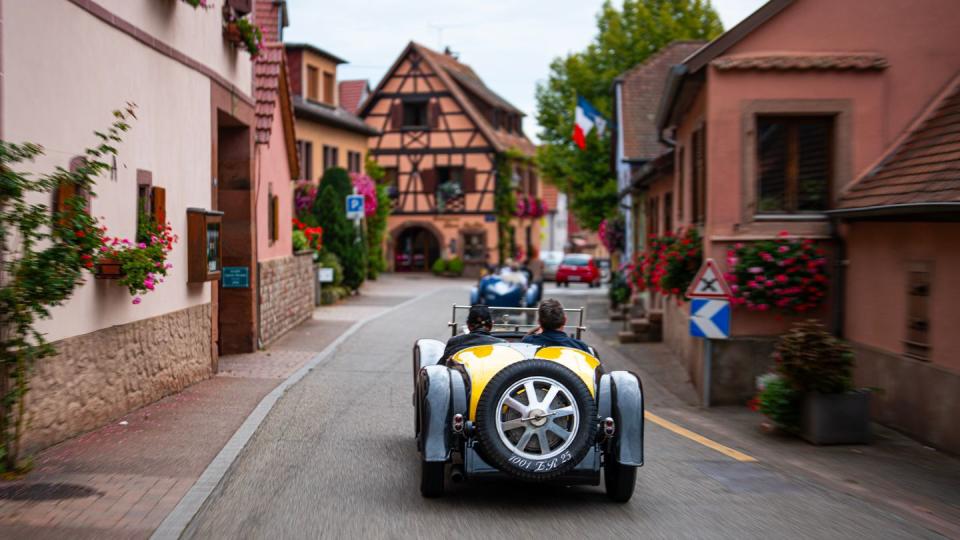
After a catered breakfast, the assemblage took off for a tour of the Alsace Wine Route, to lunch at the historic village of Ribeauvillé, and back to the Château for a judged Concours—the winner of which, bearer of the Grand Prix Bugatti Automobiles S.A.S., was a Type 35C.
The celebration was made up not just of the various beautiful Bugattis on the grounds of the chateau, but of the contents it held within.
“Inside the Château itself sat a curated exhibition of the furniture of Carlo Bugatti (father of Ettore), and the sculptures of Rembrandt Bugatti (brother)—kindly provided by Perridon Holdings purely for this occasion—the artistic inspiration from Ettore’s family, which translated directly into his cars. As Ettore once said: ‘Nothing is too beautiful.’”
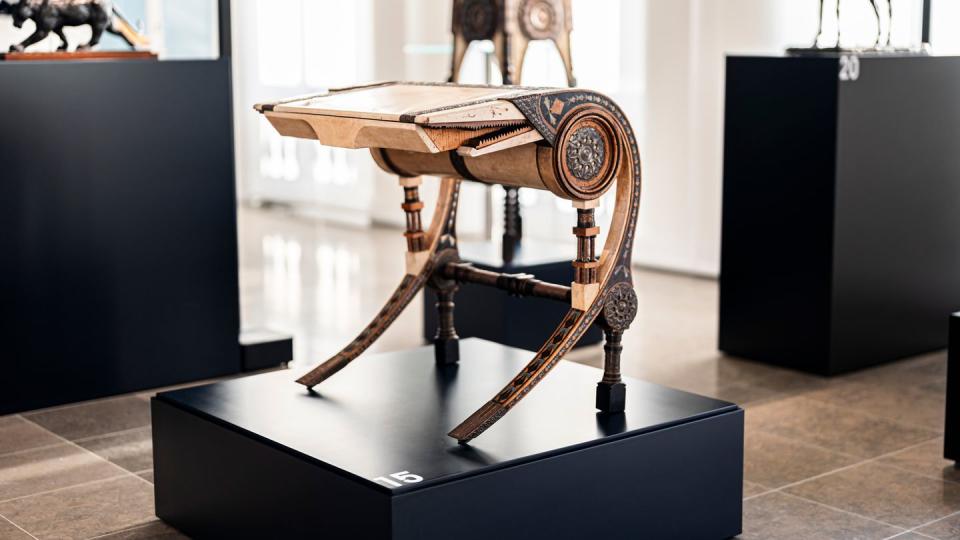
Carlo’s furniture, as you can see in one of the photos, is characterized by ambitious, flowing shapes, extraordinary attention to detail and the use of the finest materials, including bronze, Italian walnut, and copper, the modern Bugatti company said. The sculptures of Rembrandt, meanwhile, “are perfectly formed, capturing the raw power of a lion or the gentle elegance of an elephant, even while completely motionless.”
All these characteristics came to influence the design of Bugatti cars, the company said. For example, the legendary horseshoe Bugatti grille has been designed as an homage to his father Carlo, who believed the most perfect shape in nature was an egg. Ettore even included a subtle nod to Rembrandt by incorporating his famous ‘Dancing Elephant’ sculpture as the hood ornament for the Bugatti Type 41 Royale—the only time any Bugatti was adorned with a sculpture on the hood.
“Through the gates of Château Saint Jean, amidst the winding roads of Alsace, and throughout the streets of Molsheim, Ettore Bugatti’s footprints are everywhere,” said Bugatti Automobiles president Christophe Piochon, attending his 18th birthday party at the chateau. “Each car, each roar of the engine, and every hand-assembled detail, tells a tale of passion, legacy, and an unyielding quest for perfection. Molsheim isn’t just a place; it is where the soul of Bugatti breathes and flourishes, and each year we are thrilled to participate, along with some of our most enthusiastic customers, in this celebration organized by our friends, the Enthousiastes Bugatti Alsace.”
Sunday was a public display, first on closed roads with no speed limits, then at a car show open to all.
“Forty years after the Bugatti Festival first took place in Molsheim, and over 110 years since Ettore Bugatti established his brand here, the connection between Alsace and his revolutionary cars is as strong as ever,” said Bugatti Automobiles. “His ethos continues to guide the brand today, and he would probably be honored that not only do his cars continue to be used and enjoyed as they were intended, but that the place that he called home for most of his life remains a core part of the Bugatti story.”

 Yahoo Autos
Yahoo Autos 